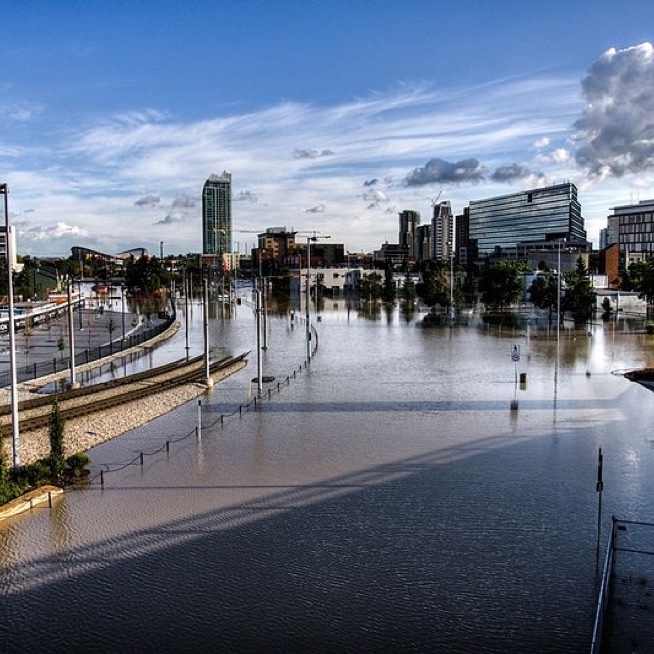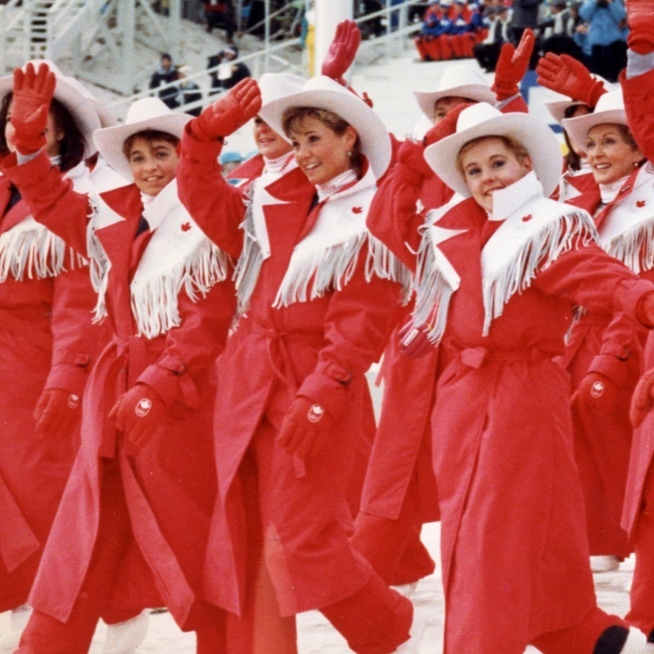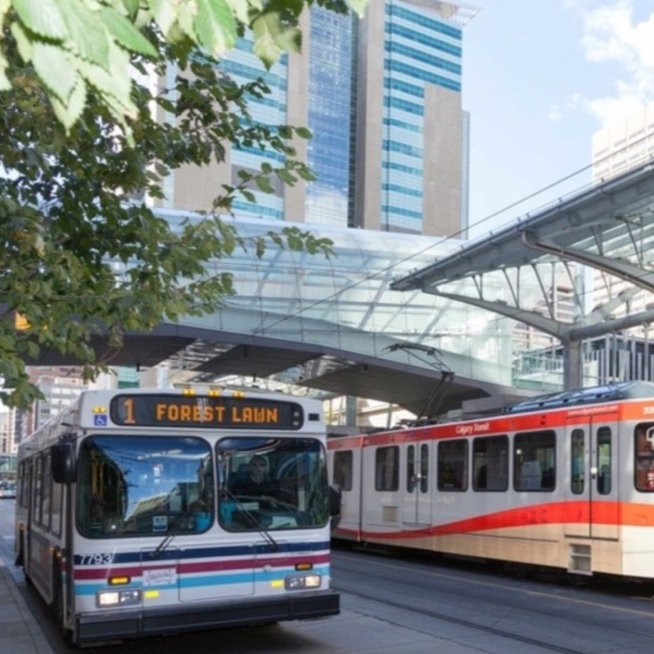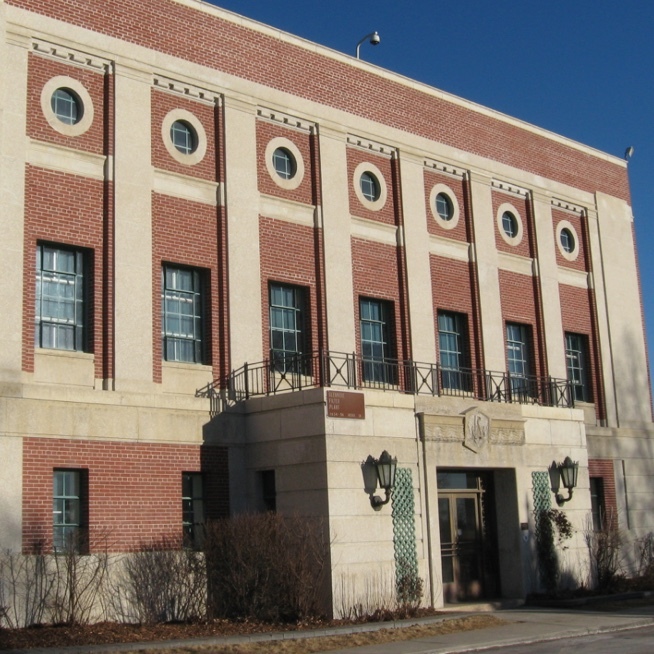
As our city grows in population, area, and importance to Canada, we’ll be on the front lines and behind the scenes fuelling and sharing The Spirit Of Calgary
The Spirit Of Calgary. Fiercely independent yet community-focused.

According to the Calgary Herald, In 1931, the city of Calgary introduced its first traffic light, which consisted of two signals, stop and go, on 7th Avenue, one at Centre Street and the other at 1st Street West. The population had grown to 80,000 people, and serious traffic accidents were becoming an issue which resulted in the implementation of the first traffic light system.
Today, according to the City of Calgary, over 1,100 traffic lights are connected to the Mobility Operations Centre. This allows traffic engineers to monitor and control the operation of the City’s traffic signal network.

In 2013, the “Flood of Calgary” impacted the lives of Calgary residents and the city’s infrastructure. According to the City of Calgary, It was the largest flood since 1932 and caused $6 billion in financial losses and property damage across southern Alberta. Sadly, one life was lost.
Calgary Municipal workers showed their spirit by assisting with the following:
And there are countless stories of the community coming together to help those in need.
To prevent this from occurring again, the City built 2.5 metre high steel gates at the Glenmore Dam and doubled the water storage capacity, which improves the City’s ability to control high river flows in the spring on the Elbow River.

In the world of the Olympics, one of the main contributors to the success is how the infrastructure is used after the event. Many countries overspend and underuse, but the city’s infrastructure planning for the 1988 Olympics was done differently in Calgary.
For example, Canada Olympic Park has become home to the Canadian Sports Hall of Fame, three mixed-use arenas and a nine-acre mountain bike skills park making it a popular recreation attraction for Calgarians and tourists alike.
Through efficient growth strategies and infrastructure planning, Calgary Municipal Workers showed the spirit of Calgary by thinking of the future. According to Live Wire Calgary, this elevated Calgary’s status as a major North American city, providing much-needed transportation, sport, recreation, and entertainment infrastructure that has served the city well for over 30 years.

COVID-19 impacted the lives of many Calgarians. With the city closed and jobs lost, affording property was becoming an area of worry.
The Calgary Housing Company understood this and provided important COVID-19 resources to ensure Calgarians who were struggling with rent had different options during this trying time.
Calgary Municipal Workers supported these measures to ensure that adequate income supports and rental assistance programs were in place for those who needed it most.

Christmas is a time of giving and spending time with family and friends. Every Christmas, Calgary Transit runs the “Magic of Christmas”.
Calgary Municipal Workers helped those in need by providing buses and volunteers to help deliver gifts to over 400 families and thousands of patients in care facilities throughout the city (Calgary Transit, In the community, 2023).

According to Historic Places, the Glenmore Water Treatment Plant was built from 1930-1933 and is located on the Elbow River. It “was designed as a multi-stage purification system that included coagulation, sedimentation, sand filtration, and chlorination. The plant initially produced 105,991,530 litres of purified water each day. The plant was designed so that it could be expanded, with minimal disruption, to triple its purification capacity and produce an ultimate capacity of 317,974,590 litres of water per day.”
It was one of the most significant engineering projects completed in western Canada up to that time and has since been a landmark feature of the city. “While the Glenmore system was designed and approved in 1929, prior to the Great Depression, construction of the system became Calgary’s largest relief project of the era.”